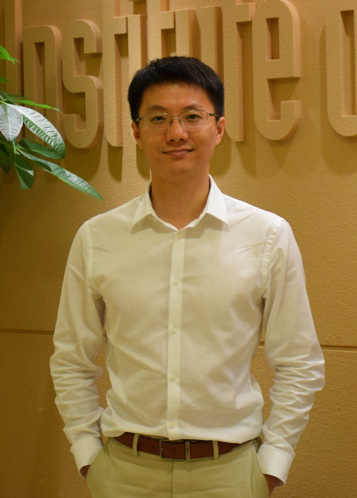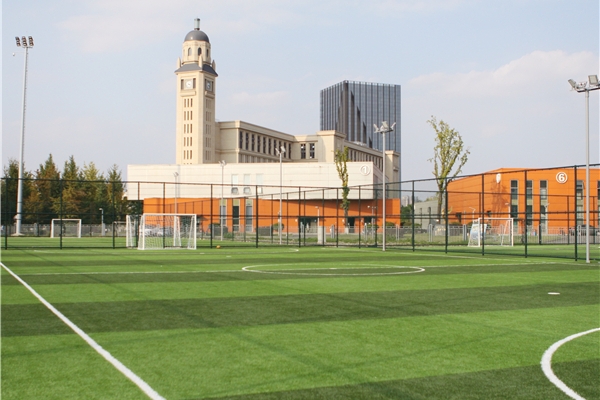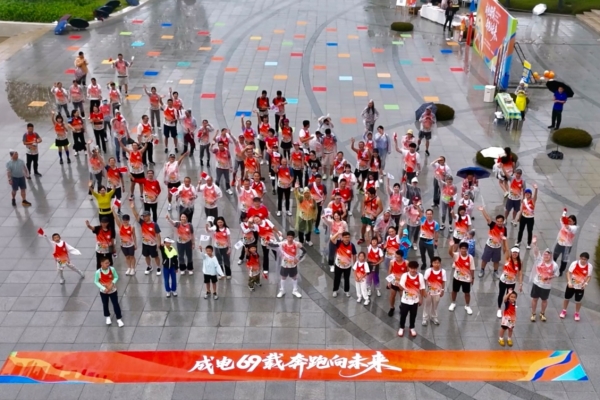即可将网页分享至朋友圈
由基础与前沿研究院主办的基础论坛第218期邀请到香港理工大学郑子剑教授作学术交流。具体安排如下,欢迎师生们参加。
时 间:2021年6月5日(周六)15:00-17:00
地 点:清水河校区4号科研楼B区569
主讲人:香港理工大学 郑子剑 教授
主讲人简介:

Prof. Zijian Zheng is currentlyFullProfessor at the Institute of Textile and Clothing (ITC) and Research Institute for Smart Energy (RISE) at The Hong Kong Polytechnic University. His research interests are surface and polymer science, nanofabrication, flexible and wearable electronics, energy conversion and storage. Prof. Zheng received his B. Eng. in Chemical Engineering at Tsinghua University in 2003, and PhD in Chemistry at University of Cambridge in 2007(Supervisor: Prof. Wilhelm T. S. Huck). In 2008, he worked as postdoctoral researcher with Prof. Chad A. Mirkin at Northwestern University in the USA. He joined ITC as Assistant Professor in 2009, and was promoted to tenured Associate Professorin 2013and Professor in 2017. He has published ~120 papers in high-impact international scientific journals including Science,Nat.Mater.,Nat. Comm.,Adv. Mate.,JACS,Angew. Chem.. He also files 25+ patents and is recipient of more than 15 academic awards. He serves as Guest Editor of Advanced Materials and Small, and Editor-in-Chief of EcoMat, a flagship open-access journal in green energy and environment published by Wiley.He is elected Founding Member of The Young Academy of Sciences of Hong Kong, the highest academic award of under-45 scientists in Hong Kong. He is also awarded Chang Jiang Scholars Program by the Ministry of Education of China.
报告摘要:
1.Porous Conductive Textiles for Wearable Electronics
Wearable electronics plays an important role in the realization of health monitoring and rehabilitation, Internet of Things (IoTs), and soft robotics. These wearable devices and systems should be highly flexible, stretchable and even washable. In addition, they should be comfortable to wear in a long term. This talk will discuss the recent development of conductive textile materials and their applications in wearable electronics. In particular, we will discuss 1) the development of highly conductive, flexible and washable conductive fibers, yarns and fabrics through polymer-assisted metal deposition (PAMD), that can be used for a wide range of wearable sensory and energy-storage uses; and 2) the development of highly permeable stretchable conductors, namely liquid metal fiber mat (LMFM), which enables long-term wearable and 3D monolithic stretchable electronics.
2.Publishing in EcoMat- A Flagship Journal in Green Energy and Environment
EcoMat is an open access journal jointly published by Wiley and The Hong Kong Polytechnic University. The scope of EcoMat is intentionally broad and encompasses relevant fields for developing ecofriendly and sustainable energy, including topics such as wind, water and solar energy harvesting & conversion, batteries and supercapacitors, energy system and networks, thermoelectrics, fuel cells, carbon capture and storage, piezo and triboelectrics, water and air pollution control & cleaning, artificial photosynthesis, hydrogen generation & storage. This journal recognises the complexity of issues, and therefore particularly welcomes innovative interdisciplinary researches with wide impact. It will aim to make a mark in the materials science and adjacent fields with ambitions of a high academic impact. This talk will discuss how to publish in EcoMat and introduces several theme issues published in EcoMat recently.
编辑:杨棋凌 / 审核:林坤 / 发布:陈伟


